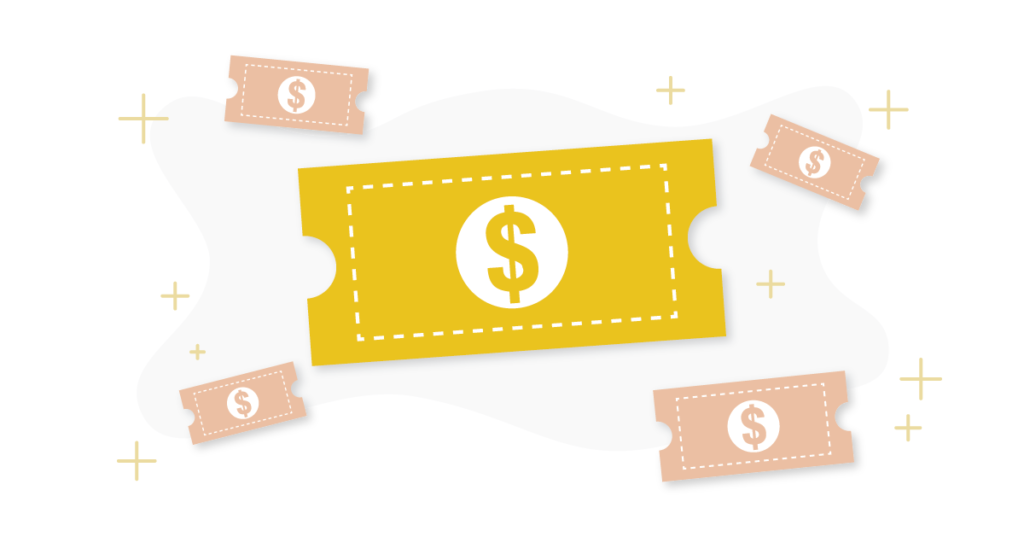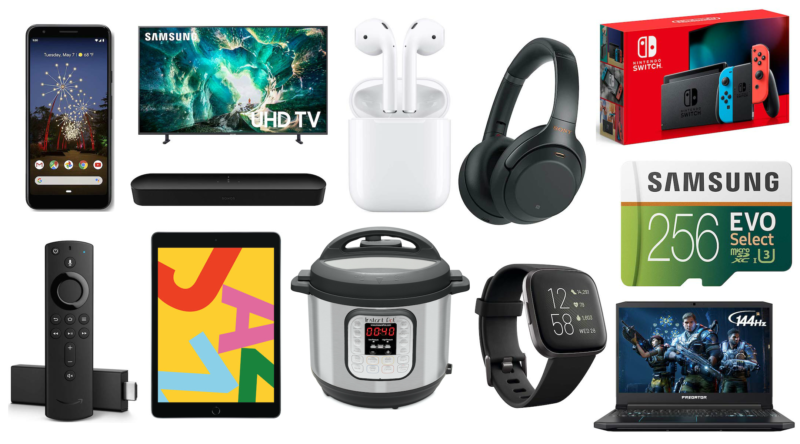
Using Amazon to sell your products can be one of the most lucrative ways to make money online. You don't necessarily need to be an expert in either shipping or marketing. However, you can make some serious money without spending much. Be careful, and make sure you follow all the steps before you dive in. It's possible to have a product that doesn’t sell, or a bad customer experience.

If you're looking to sell products on Amazon, you might want to check out the Amazon FBA program. Amazon FBA provides logistics, storage, as well shipping for your products. This means that you don't need to hire any warehouse staff or couriers, and that you only have to pay a small monthly charge. The program allows you sell multiple products but you have to ship all stock to Amazon Fulfillment Center.
Amazon does sell not all products, but it has a large customer base. You can also sell a variety of items on the site, including books, baby products, apparel, toys, and more. There are many products you can sell. Distributors and suppliers can be found easily. You can even attempt to make your own products.
One of the easiest ways to start selling on Amazon is to sign up for an Amazon seller account. To start selling on Amazon, you will need a business name and an email address. To enter your inventory, you will also need a UPC code and a shipping plan.
While there are many things that you should know in order to make money with Amazon, one thing you must know is how to best sell your products. You have options. You could use free products, sell a few, or go with a budget. However, if your goal is to make a decent amount, you need to get your products listed and have them look nice in their photo.

There are many ways that you can list your product on Amazon. Private label companies can be used to produce and sell your products. However, you will need to pay for listing your products on Amazon. If you want your inventory to look great, you will have to pay a fee.
There are many ways to get the best price on your products. You can use the search function to find products that you like. You can also view competitor products to determine which are the best sellers and which are not. You'll also want to look at the Best Seller Rank in order to determine which products are top sellers.
FAQ
What are the pros and cons of shopping online?
Both consumers and retailers can enjoy many benefits from online shopping. The main benefit is convenience. People can shop anywhere they want. There are no restrictions on what products you can purchase because you don’t have the need to go to shops to browse. There are some disadvantages. Online shoppers may not always know how much an item will cost until they make a purchase. This could cause them to spend too much. Customers might also feel safer shopping in big-box stores because they have the opportunity to see products in person. Online customers may not have the option to return a product if they decide to buy it elsewhere. Finally, online shopping may pressure brick-and-mortar stores because they might lose business to online competitors.
Why is it better to use credit when shopping online
Credit card companies are offering an array of benefits such as rewards programs, free shipping, cash back, etc. In addition, they offer protection against fraud. You should choose them over debit cards because they don't charge any fees.
Customers who need to pay off their balance on time will also be able to use credit cards. Credit cards let you shop with confidence, regardless of how much money your account has.
Are there any free shipping options for orders above $25?
Most major websites allow customers to place orders without having them pay for shipping. Some websites even offer free shipping on some items. For free shipping, you must spend over $25. Many websites automatically apply free shipping for your entire order. Other websites require you enter the code “SHIPFREE” at checkout.
Why it is so important to have a shopping checklist
A shopping list is useful to remember what you need when grocery shopping. You won't have to run around searching for the items you forgot. A shopping list also makes it easier to find an item if you are unsure which aisle it is on.
A shopping list can also help you save money. A shopping list can help you save money. For instance, if you know what you need (milk, bread, eggs), butter, cheese and cereal), you can go to the supermarket and pick them up.
Statistics
- A report from the U.S. Census Bureau found that in the first quarter of 2022, an estimated $250 billion was spent on retail e-commerce sales.1 (thebalance.com)
- The vast majority only change a password to protect privacy a few times a year (27 percent) or, more likely, never (35 percent). (pcmag.com)
- According to the Federal Trade Commission (FTC), online shopping was the fourth most common fraud category for consumers as of February 2022.5 (thebalance.com)
- Your Online Purchases 79% of Americans purchased goods and services online in 2018, which is expected to exceed 90% in 2023. (meetfabric.com)
External Links
How To
What are safe online shopping tips?
Online shopping safety is a key skill that anyone can learn. It's also great to learn how to buy from different websites without getting scammed.
Continue reading if you're interested in learning more about buying online. This article will provide you with all the information and tips to make sure that you don't fall for scams.
-
Do your research. Before you decide to shop online, it's essential to do your homework first. Look for reviews and customer feedback about the company that you are considering buying from. Ask friends for recommendations.
-
Compare prices. If you aren’t certain whether a particular retailer is trustworthy, compare prices from multiple sellers. Consider price comparison apps like Amazon Price Checker or Google Shopping. These tools can help you find the best prices from your favorite retailers.
-
Be aware of red flags. You should be alert for any red flags when you browse product pages. For example, many fake sites contain misspelled words and grammatical errors. They may also offer counterfeit goods or incomplete products.
-
Beware of pop-up windows. Pop-up windows are used by some websites to collect credit card numbers and passwords. When you see one of these pop-ups, click "escape" to close it immediately or choose another browser window.
-
Ask yourself questions. If you are visiting a website, ask yourself the following questions: Is this website trustworthy? Is it able to provide what I need? Can I trust the people behind the site?
-
Don't give away your personal information. Unless you initiated a transaction, never give out financial information like your Social Security number or bank account number or credit card details via phone or email.
-
Avoid clicking on links in emails. It is very easy to click links in emails and end up on a fake website. Only open emails from trusted sources (such as banks) to avoid falling victim to this kind of fraud.
-
Use strong passwords. Strong passwords should include symbols, numbers, letters. Keep your password confidential and don't share it with anyone else.
-
Do not download files without permission. Do not open attachments in email. Always download files directly from the source. Never open attachments received from unknown senders. You should delete any attachments that ask you to install software.
-
Report suspicious activity. If you suspect your identity was stolen, immediately contact your local police department. You may also file a complaint to the Federal Trade Commission.
-
Protect your device. Make sure that your computer is protected against malware. This could prevent hackers from accessing your private information.
-
Senior scammers to watch out for Seniors are more susceptible to scammers because they are less likely than others to be able to spot fake messages and websites.